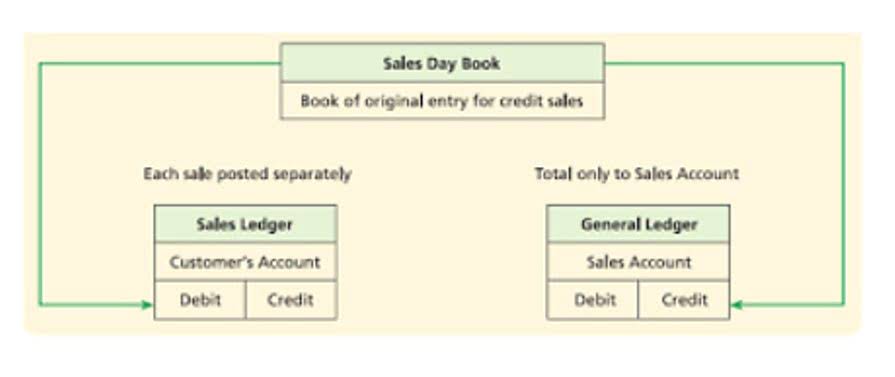Bookkeeping
Schedule K-1 Tax Form: What Is It and Who Needs to Know?

See section 163(j) and the Instructions for Form 8990 for details. Reduce the basis of your stock by the amount of this deduction up to the extent of your adjusted basis in the property. The corporation will report any information you need to figure the interest due under section 453A(c) with respect to certain installment sales.
The tax code in the United States in some cases allows the use of pass-through taxation, which shifts tax liability from an entity (such as a partnership) to the individuals who have an interest in it. Assume, for example, that a partner contributes $50,000 in cash and $30,000 in equipment to a partnership, and the partner’s share of income is $10,000 for the year. That partner’s total basis is $90,000, less any withdrawals they’ve made. And the more complicated an estate gets, the more difficult a tax return often becomes. That said, if you have a Trust as part of your Estate Plan, or if you’re a beneficiary receiving income from a Trust, there are a few things you should know about the IRS tax Form 1041 (also known as a Schedule K-1).
What is a Schedule K-1 Tax Form?
K-1s are also used to report any deductions or credits that come from an estate or a Trust, too. In cases where there are multiple beneficiaries of a Trust, each one will have an individual Schedule K-1 filed annually to ensure proper taxes were paid. On the other hand, K-1’s offers the risk of the business entity and is able to typically payout more money to the shareholders due to the structure of the business. Unfortunately, this would mean you would be liable for more taxes at the end of the year.

If you are eager to file your personal tax return early, it can be tempting to file before you receive your K-1. Doing this, though, will likely result in you needing to amend your tax return, which typically means you will pay additional tax preparation fees. It’s best to wait to file your income tax return until you are sure you have received all the Schedule K-1s you are expecting. Finally, make sure you use the right Schedule K-1 for your situation.
What Is IRS Schedule K-1?
Form 1041 is used by people who are beneficiaries of an estate or trust. You may also need Form 4255 if you disposed of more than one-third of your interest in a partnership. If the amount on this line is a loss, enter only the deductible amount on Schedule SE (Form 1040).

Although the partnership does provide an analysis of the changes to your capital account in item L of Schedule K-1, that information is based on the partnership’s books and records and cannot be used to figure your basis. Box 21 replaced information previously provided in box 16 for foreign taxes paid or accrued with respect to basis adjustments and income reconciliation. The amounts reported reflect your pro rata share of the S corporation’s W-2 wages allocable to qualified payments of each qualified trade or business, or aggregation.
responses to “I Received a K-1. What Is It?”
For trust and estate beneficiaries, limited partners, and passive investors, Schedule K-1 income is more akin to unearned income. For general partners and active owners in a business or pass-through business entity, the income can be considered earned income, and they may owe self-employment tax on it. Many partnership agreements provide guaranteed payments to general partners who invest the time to operate the business venture and those guaranteed payments are reported on Schedule K-1. The guaranteed payments are put in place to compensate the partner for the large time investment. The short answer here is if a beneficiary receives income from a Trust throughout the year, they are responsible for paying the income tax on the earnings.
Luckily, K-1’s allow shareholders to deduct their share of losses, deductions, and credits. These items can help shareholders offset some of the end-of-year tax liability. A Schedule K-1 is a federal tax document provided by the IRS and issued by entities such as Partnerships, S corporations, and Trusts and Estates to report earnings, losses, and dividends. Under the United States Internal revenue k1 definition code, these institutions can utilize the “pass-through” taxation method to shift income liability from the entity to individuals that benefited from any profits gained on the investment. When a partnership files Form 1065 with the IRS, outlining its financials, it must also prepare a Schedule K-1 for each partner to reflect their share of any profits or losses or distributions from the business.
How to Fill Out a Schedule K-1 For a Partnership
For your protection, Schedule K-1 may show only the last four digits of your identifying number (social security number (SSN), etc.). However, the partnership has reported your complete identifying number to the IRS. Code U in box 20 is used to report the total remaining section 743(b) adjustment for applicable partners. Use the gross receipts amount to figure the business interest expense you can deduct, if applicable.
The corporation will report your share of qualified rehabilitation expenditures and other information you need to complete Form 3468 for property not related to rental real estate activities in box 17 using code C. Your share of qualified rehabilitation expenditures related to rental real estate activities is reported in box 13 using code E. If the corporation is reporting expenditures from more than one activity, the attached statement will separately identify the expenditures from each activity. The corporation will report your share of the qualified rehabilitation expenditures and other information you need to complete Form 3468 related to rental real estate activities using code E. Your share of qualified rehabilitation expenditures from property not related to rental real estate activities will be reported in box 17 using code C. If the corporation is reporting expenditures from more than one activity, an attached statement will separately identify the expenditures from each activity.

